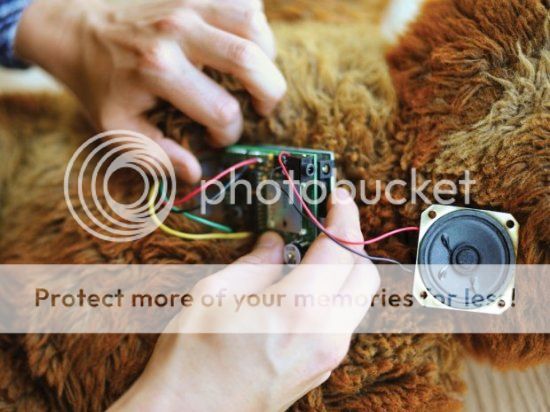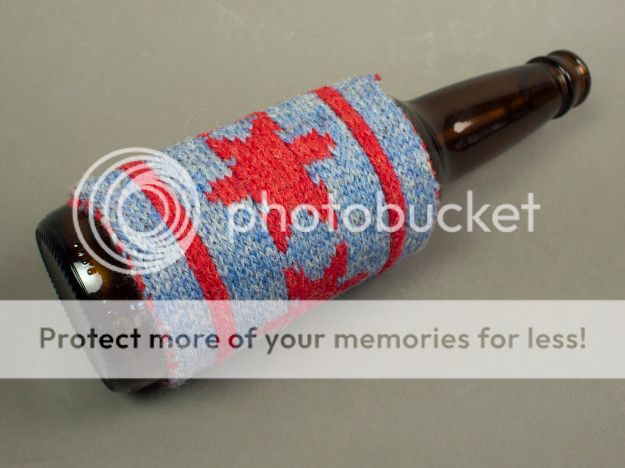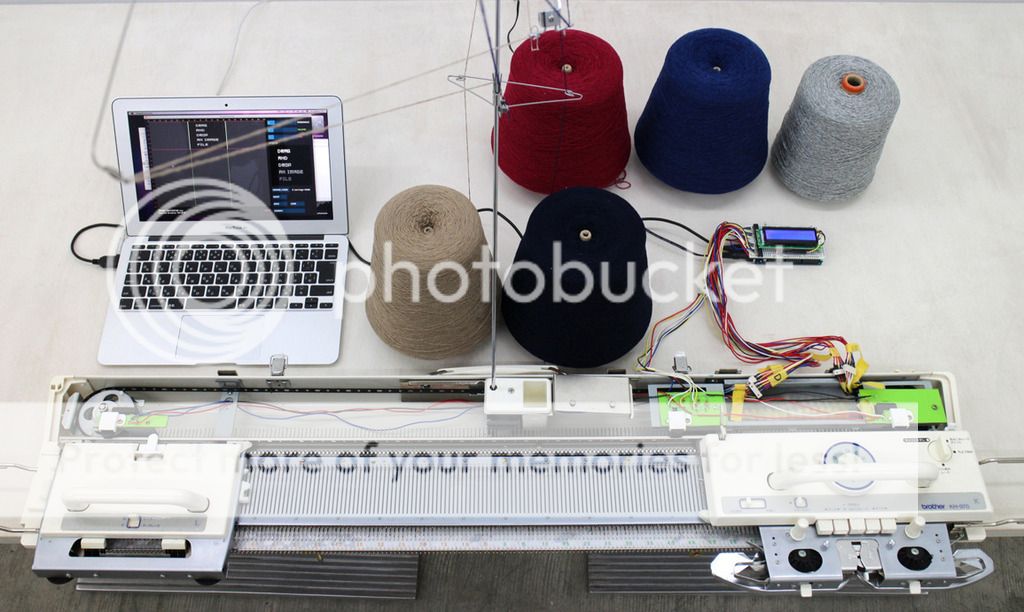The 2015 schedule provides multiple tutorials and workshops for interested artists and students to learn new skills in diverse media including coding, processing, electronics, electronic musical instrument making, pure data and other open-source programming and much more. Daily from the 14th to the 18th interested individuals can sign up and take classes with experienced media practitioners. The sheer number of workshops and tutorials is worth checking out. If you want to register, visit the ISEA2015 registration page.
VIA has chosen a couple that seemed like a whole lot of fun. Both involve hacking. Firstly you can take part in a science art hackathon. Yes please! If that doesn't tickle your fancy, you can take a tutorial on how to hack a knitting machine. Wunderbar! Get your hack on at ISEA!


Hacking the Knitting Machine - Facilitated by Taylor Hokanson & Dieter Kirkwood
This is an all day (9am-5pm) tutorial taking place at SFU - Goldcorp Centre for the Arts (149 West Hastings) on August 14th.
Quick preview on the tutorial: Textiles are the original digital medium. After all, the Luddites were named for artisans that protested against the mechanization of textile production in 17th century England. Unlike their predecessors, today’s Luddites are associated with a distaste for the virtuality of modern devices. However, with the arrival of the Internet of Things, ushered in by affordable 3D printing, it’s becoming clear that the technologist need not choose between digital and actual. Machine knitting is a great example of this overlap. Taylor Hokanson and Dieter Kirkwood will demonstrate a useful modification, originally exploited by Davi Post and Becky Stern, to the Brother KH-930e knitting machine attendees will learn how to upload custom patterns, and “print” them into actual knit shapes.
Dieter Kirkwood is a clothing designer, pattern maker, and educator investigating fashion through the relationship between craft, technology, clothing and the body. Taylor Hokanson is a DIY engineer, CAD/CAM evangelist, and an Assistant Professor of Art ad Columbia College Chicago. He frequently works with hacked electronics, changing the function of common consumer gadgets so that they become alien and unfamiliar.
VIA got in touch with the Dieter Kirkwood who is teaching the Hacking the Knitting Machine workshop to learn what folks can expect in session as they hack their way to new heights. Get out your knitting patterns, coding is going meta, and most importantly soft and snuggly. Purrrr!
Q&A with Dieter Kirkwood
 The machine of choice for hacking is the Brother KH-9xx for accessibility and ease of use. Here we see an example of a glitch knit set up. (img src: http://journal.fashionspyder.com/textech-glitch/)
The machine of choice for hacking is the Brother KH-9xx for accessibility and ease of use. Here we see an example of a glitch knit set up. (img src: http://journal.fashionspyder.com/textech-glitch/)



